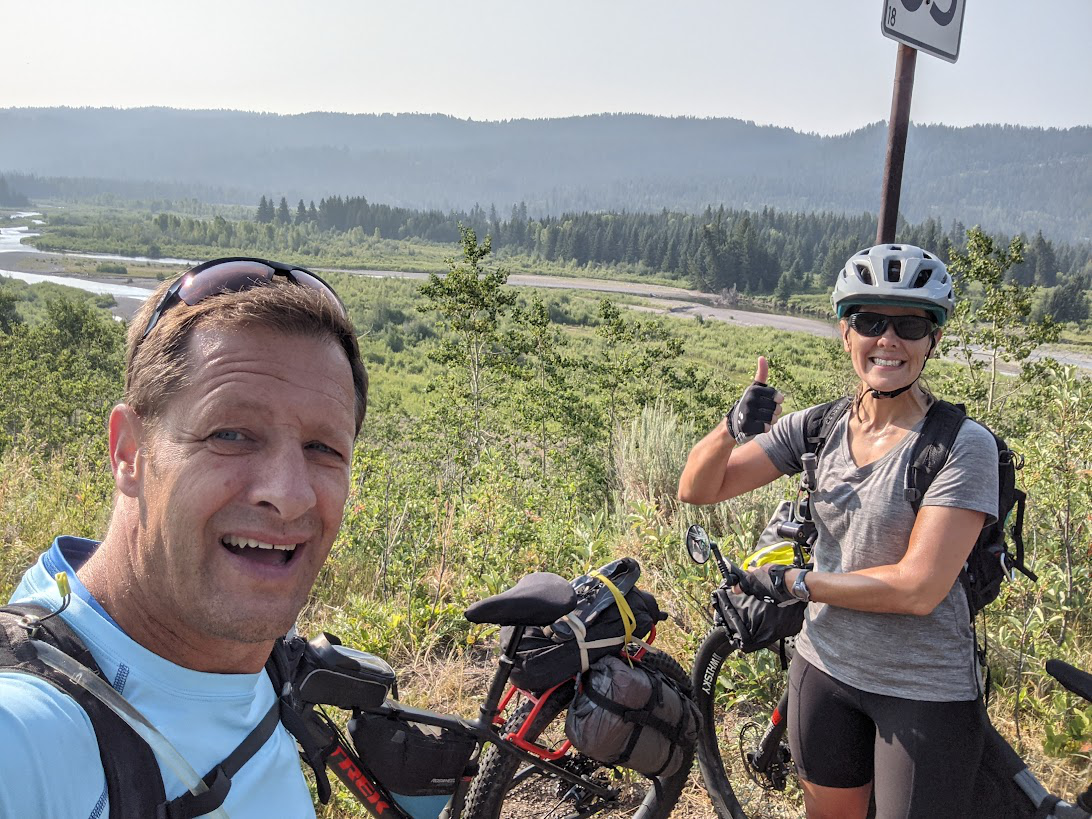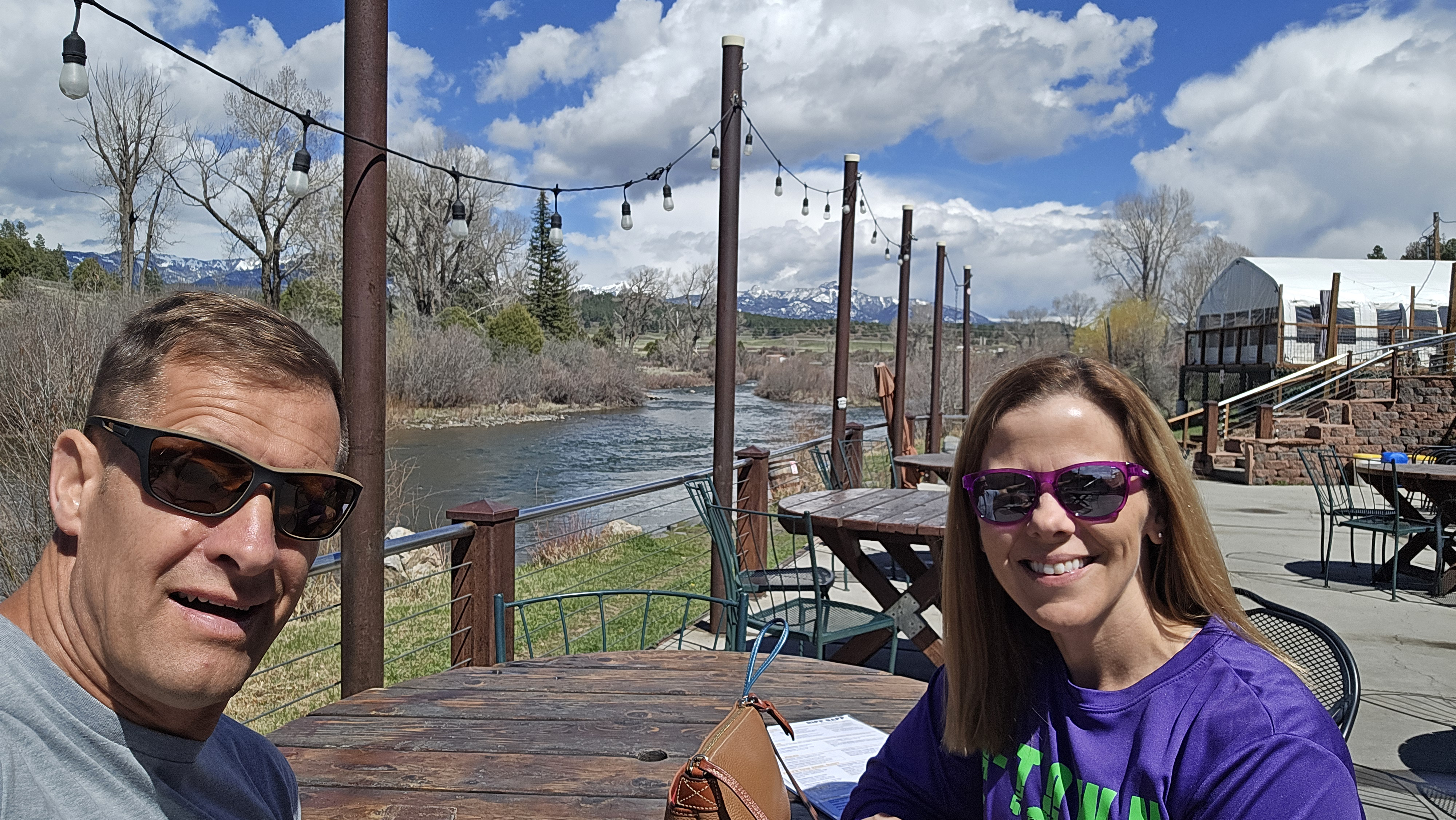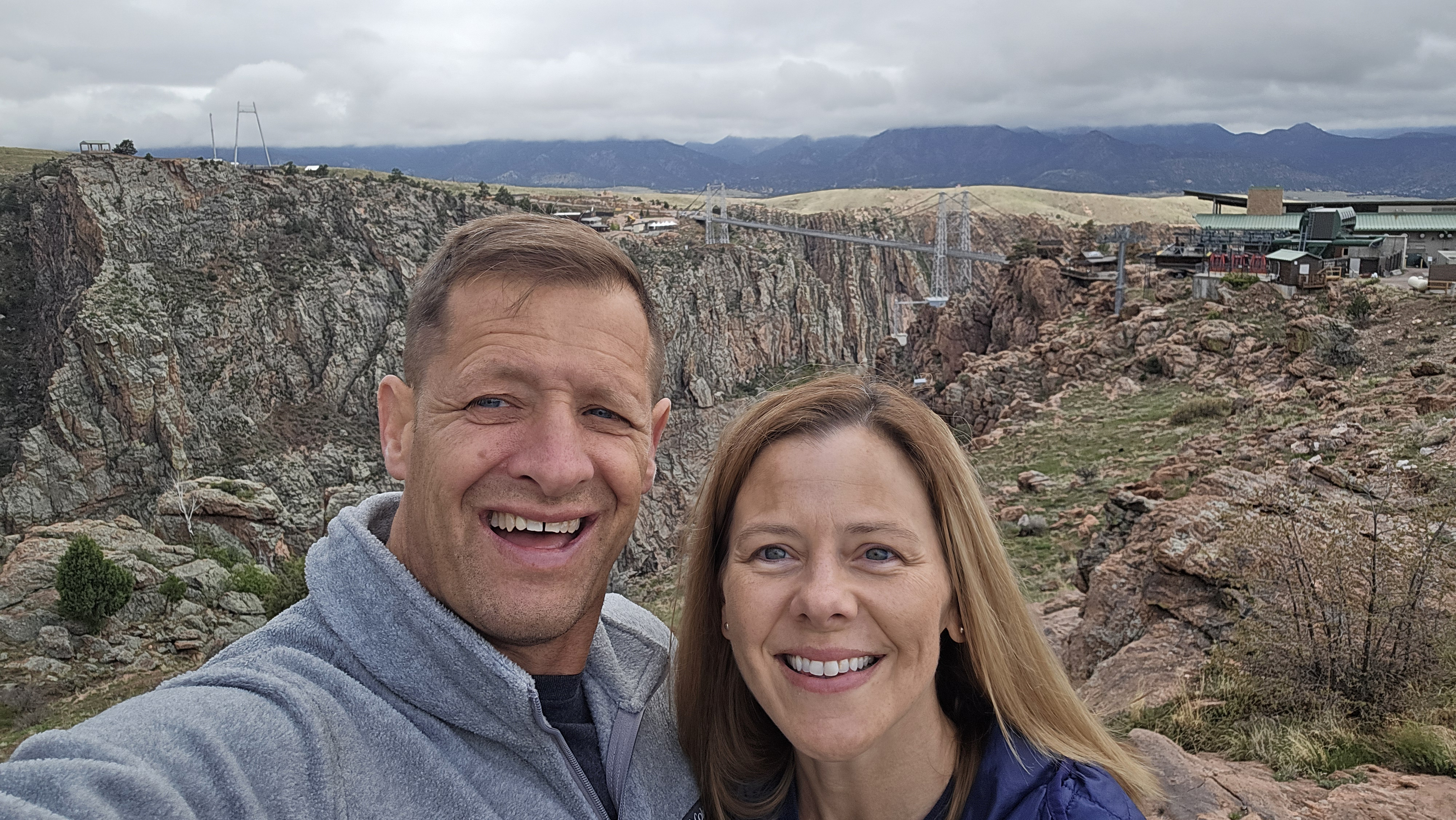The Journey: From TQM to Today
A career built on one simple principle: technology should make work easier, not harder.
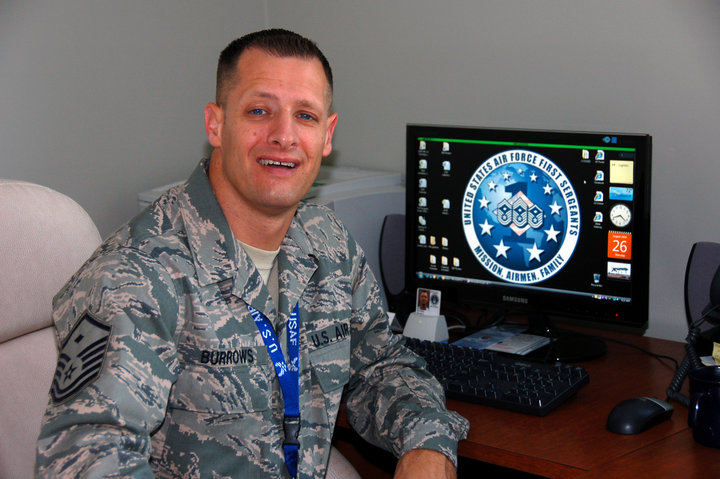
Where It All Started: Total Quality Management
My introduction to process improvement came during my service in the U.S. Air Force, right when Total Quality Management (TQM) was revolutionizing how organizations approached efficiency and continuous improvement. I was trained in the core TQM principles: customer focus, total employee involvement, process approach, and data-driven decision making.
The Air Force taught me that every process can be measured, analyzed, and improved. I learned to identify bottlenecks, eliminate waste, and create standardized procedures that teams could actually follow. This wasn't theoretical—we were applying Deming's Plan-Do-Check-Act cycle to real operations with real consequences.
The Wild West of Web Development
The early 2000s were an exciting time in tech. I discovered Access Databases, ASP (Active Server Pages), and VBScript when these technologies were still relatively new and rapidly evolving. There were no Stack Overflow answers or YouTube tutorials—just massive programming books from Barnes & Noble and a lot of trial and error.
I ran a government web server and built several database-driven websites to display, track, and manipulate various types of data. Every application was born from a real need: tracking inventory, managing personnel records, automating reports that were previously done by hand. I learned that the best technology solutions come from understanding the actual work being done.
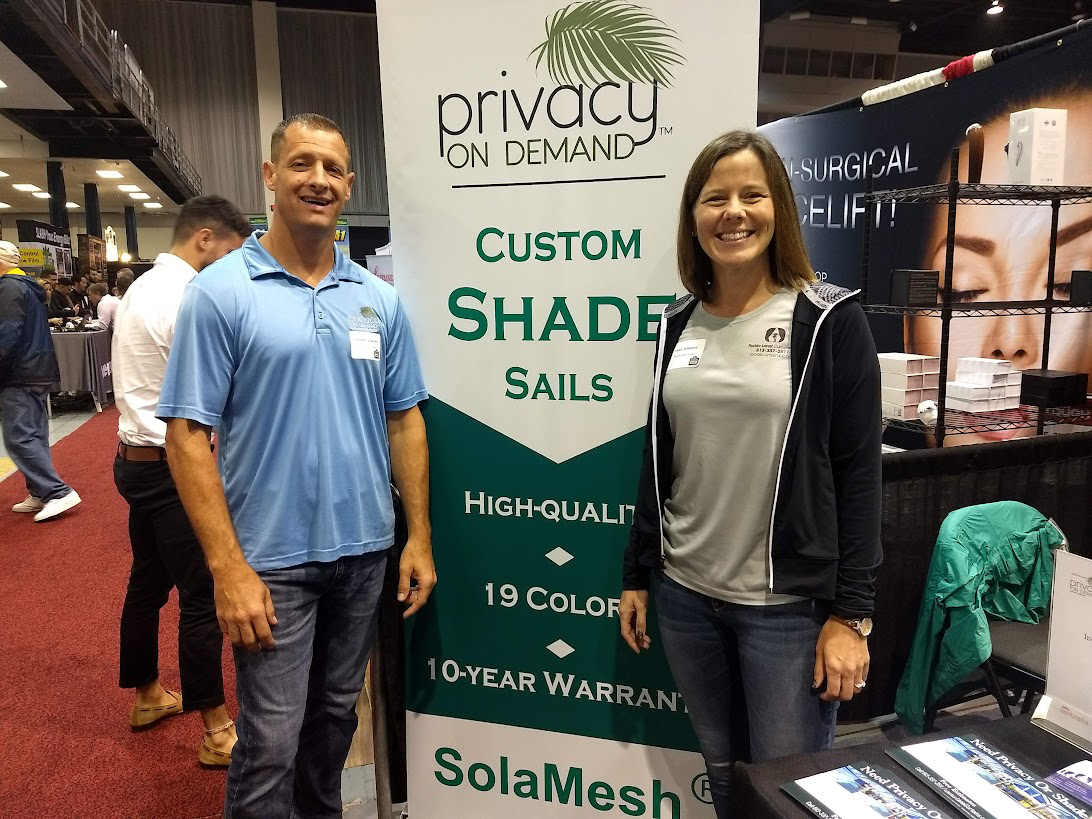
From Theory to Reality: Running My Own Shop
After retiring from active duty, I discovered PHP and MySQL—and more importantly, I started my own local manufacturing business. Suddenly, I wasn't just building applications for other people's processes; I was solving my own daily headaches.
Running a manufacturing shop gave me firsthand experience with the exact problems my clients face today: juggling customer communications, tracking jobs through production, managing inventory, generating quotes, and trying to stay profitable while keeping customers happy. Every hour spent on manual data entry was an hour not spent growing the business.
The Wake-Up Call: I was paying $830/month across 12 different SaaS platforms, and I realized I was essentially renting my entire business infrastructure. One missed payment and my operations could grind to a halt.
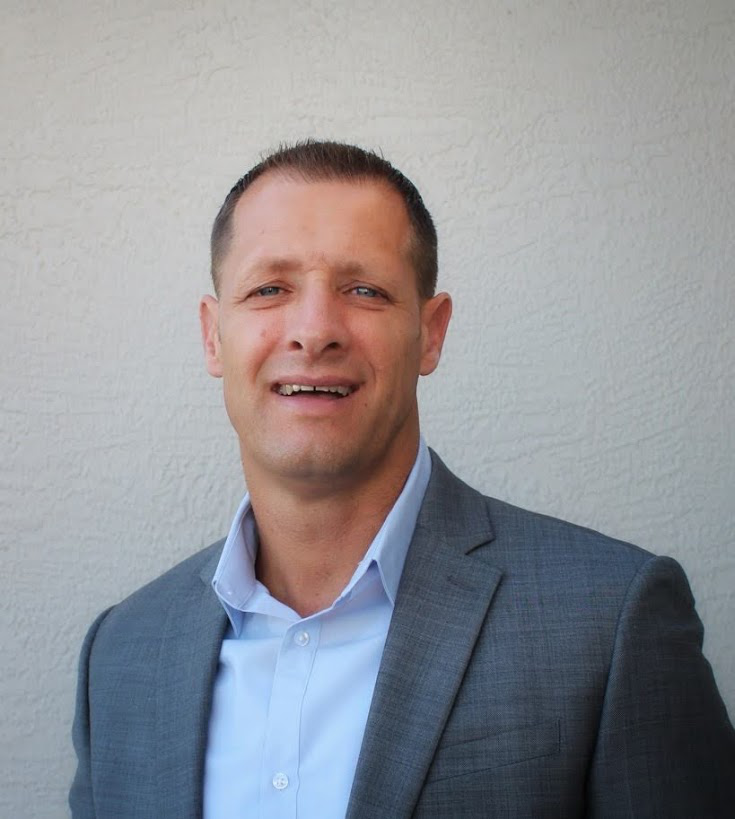
Walking the Walk: A Fully Automated Operation
My manufacturing business is now nearly 100% automated. We have a custom CRM that tracks every customer interaction, marketing platforms that nurture leads automatically, and AI-driven sales representatives that qualify prospects and schedule appointments. Our production workflow is managed through custom applications that eliminate paperwork and reduce errors.
The Result: I eliminated that $830/month subscription burden completely. Now I own every piece of software my business runs on—no monthly fees, no vendor lock-in, no surprise price increases.
But here's the key: every process is evaluated not just for what technology can do, but for what technology should do. The question I ask for every automation is simple: "Will this save me time and money, or am I just making things complicated?" That's the same question I ask for every client project.
